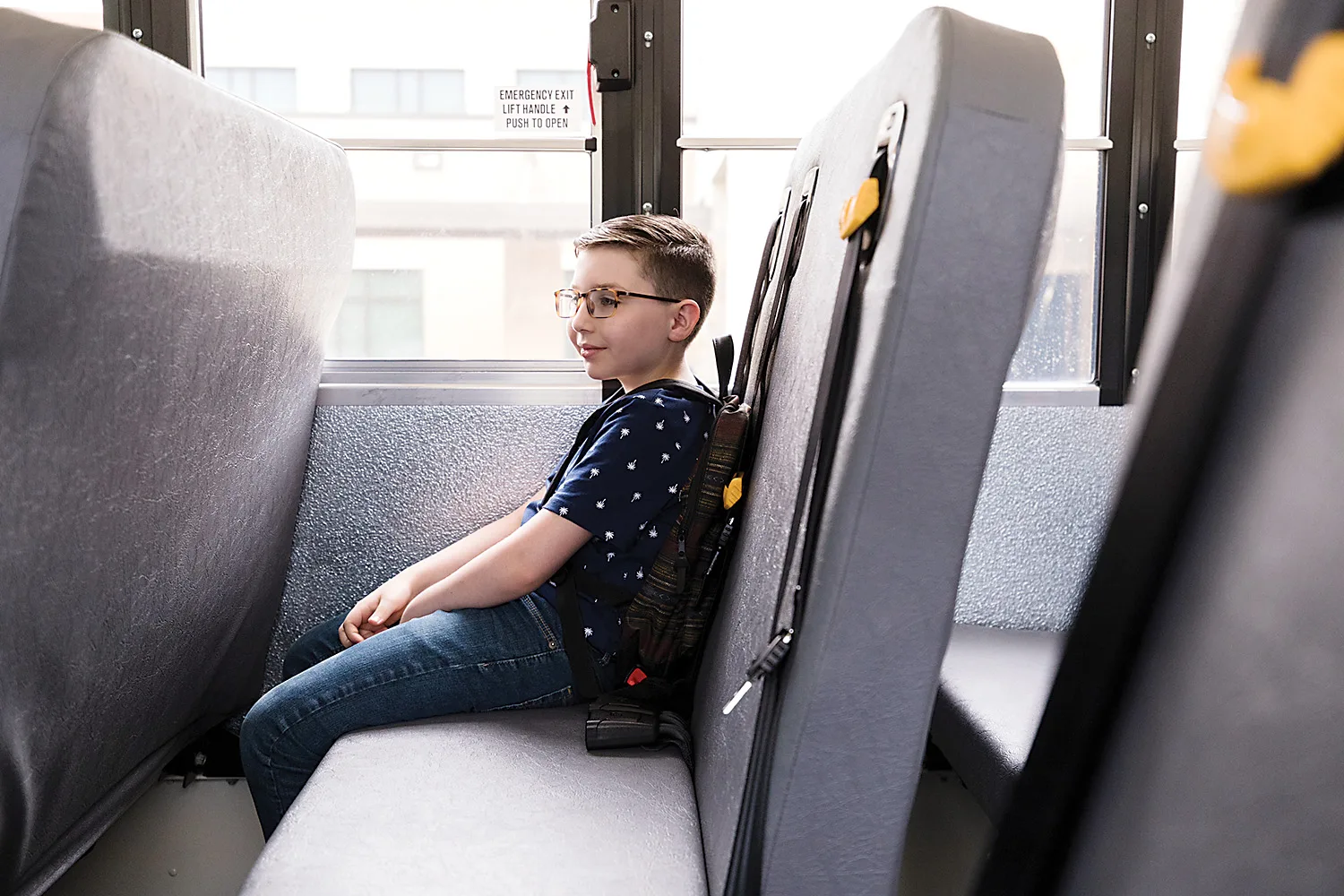
Accessible transportation is more than just a ride — it’s the first step toward a successful school day.
To start, drivers play a huge role in a child’s experience. The best drivers aren’t just good at navigating roads — they’re patient, calm and trained to work with kids of all ages and abilities. They know how to help students who may feel anxious or have a hard time sitting still. A familiar, friendly driver can make all the difference in helping a child feel safe and ready to learn.
Vehicles also need to be designed with every child in mind. That means having wheelchair lifts, special seat belts, and other equipment that helps kids with physical challenges ride safely. Some students may need quieter spaces, dimmer lights, or a smaller vehicle to feel comfortable. Having the right setup helps every student arrive at school calm and focused — not overwhelmed before the day even starts.
For many families, especially those in rural areas or facing difficult circumstances, reliable transportation is essential. When buses don’t reach certain neighborhoods or can’t accommodate a child’s needs, it leads to missed days and missed opportunities. School should be a place where every child belongs — but without a safe and supportive way to get there, some kids start out already behind.
Accessible transportation gives every child a fair chance. It helps students show up consistently, feel emotionally supported, and stay connected to their education. And for parents, it brings peace of mind — knowing their child is in good hands on the way to and from school.
When we prioritize accessible transportation, we’re not just moving kids from one place to another. We’re removing barriers, supporting families, and giving every child the best possible start to their school day — and to their future.

